-
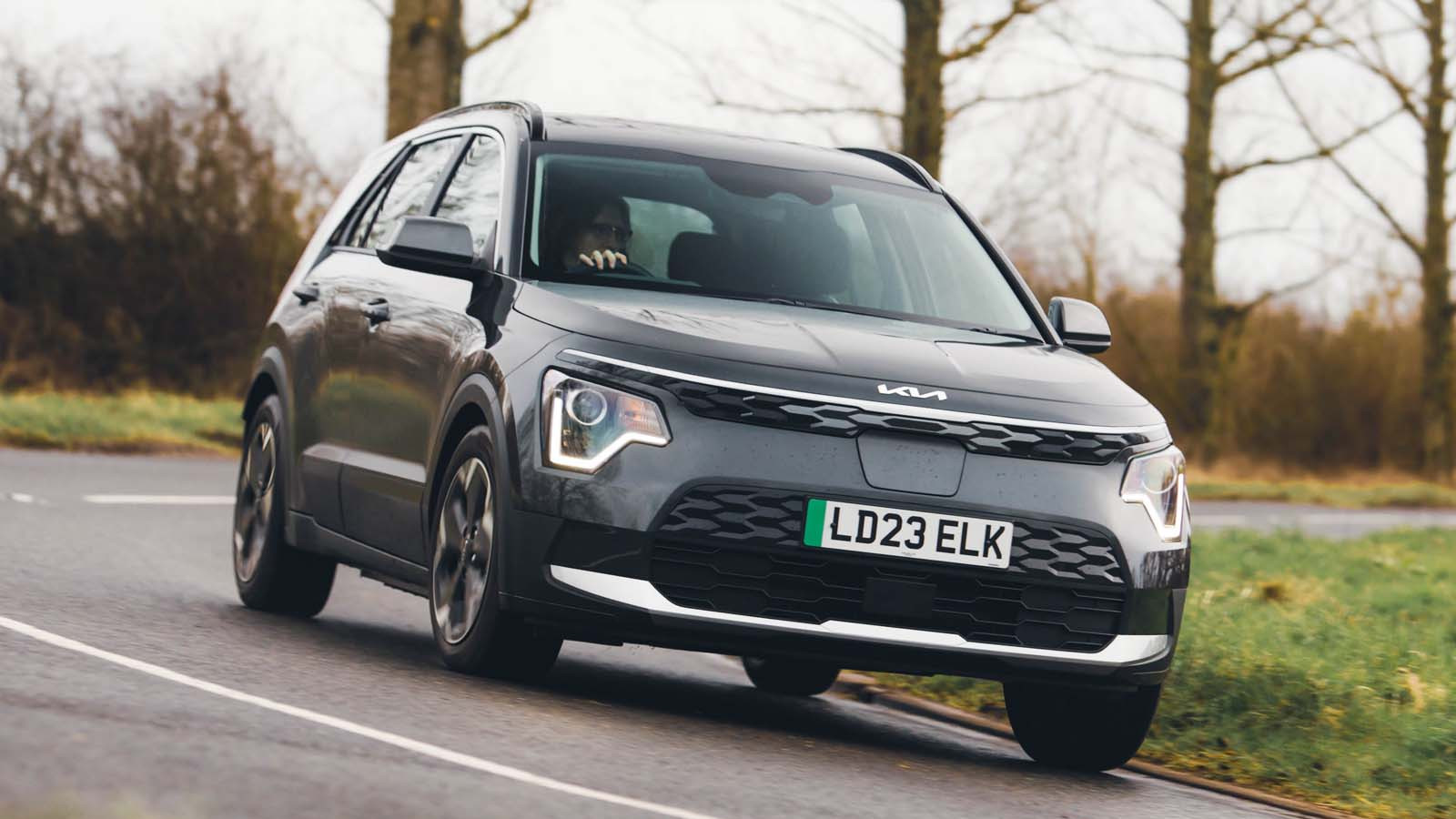 © Haymarket Media
© Haymarket Media -
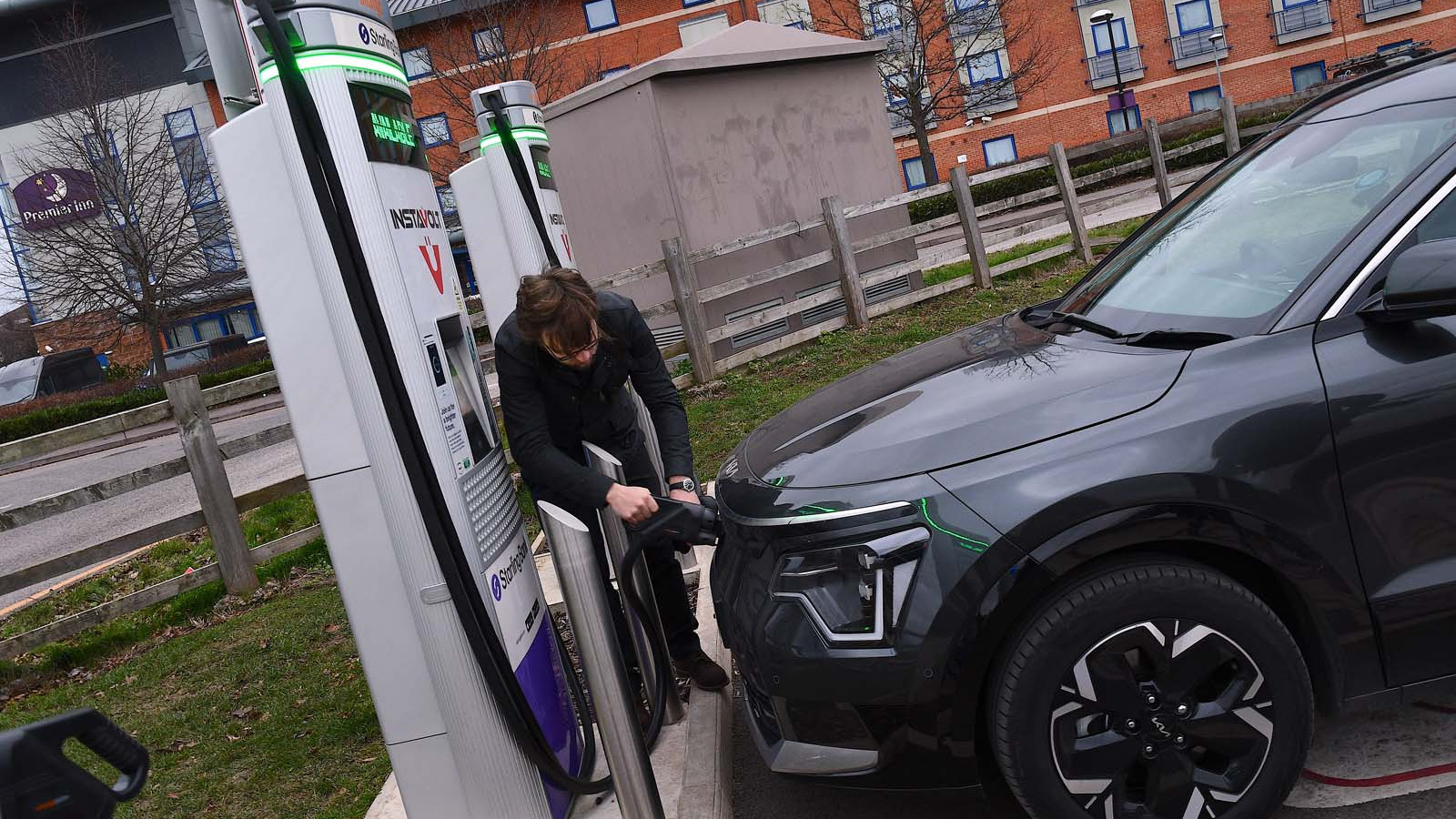 © Haymarket Media
© Haymarket Media -
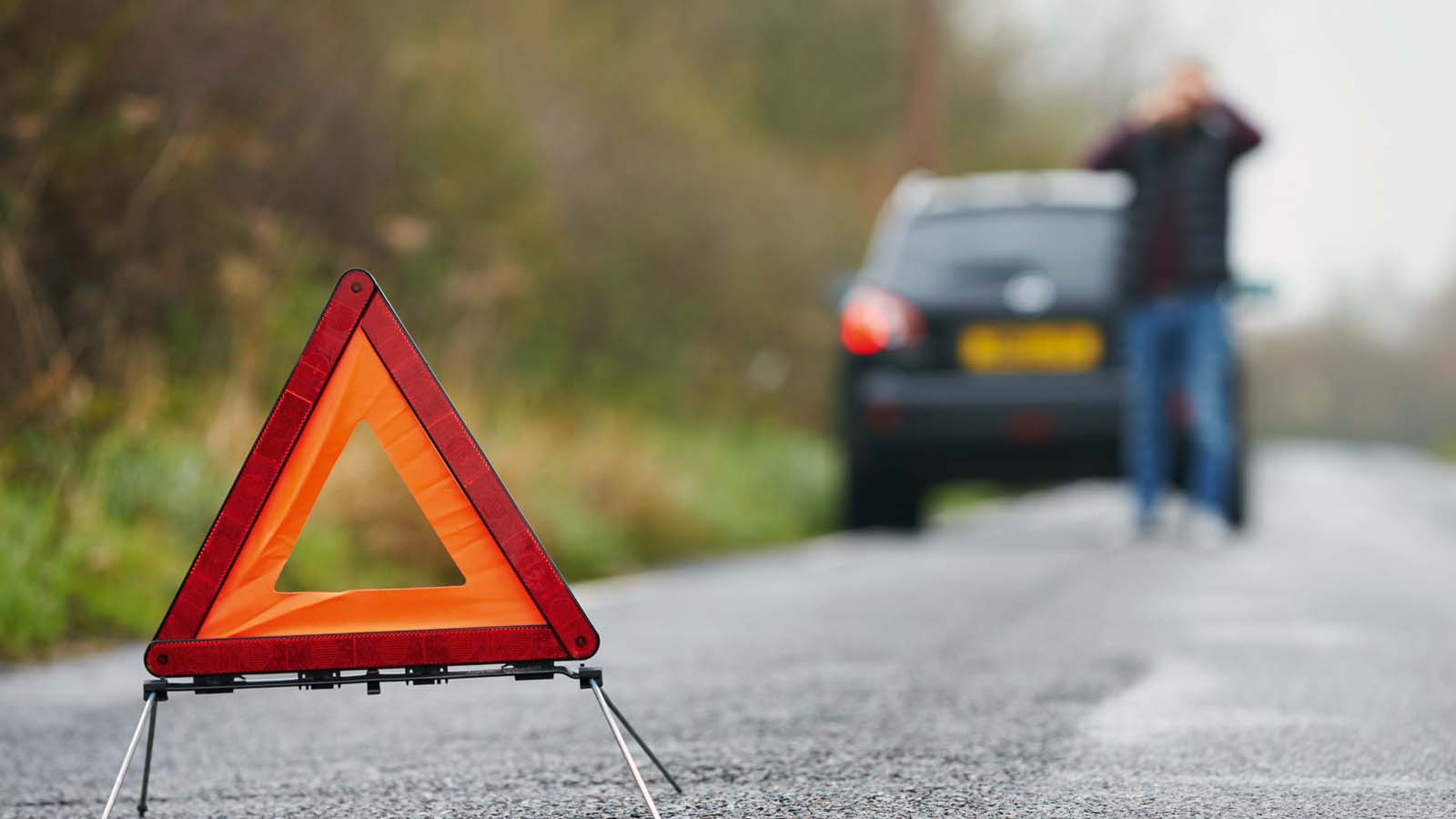 © Haymarket Media
© Haymarket Media -
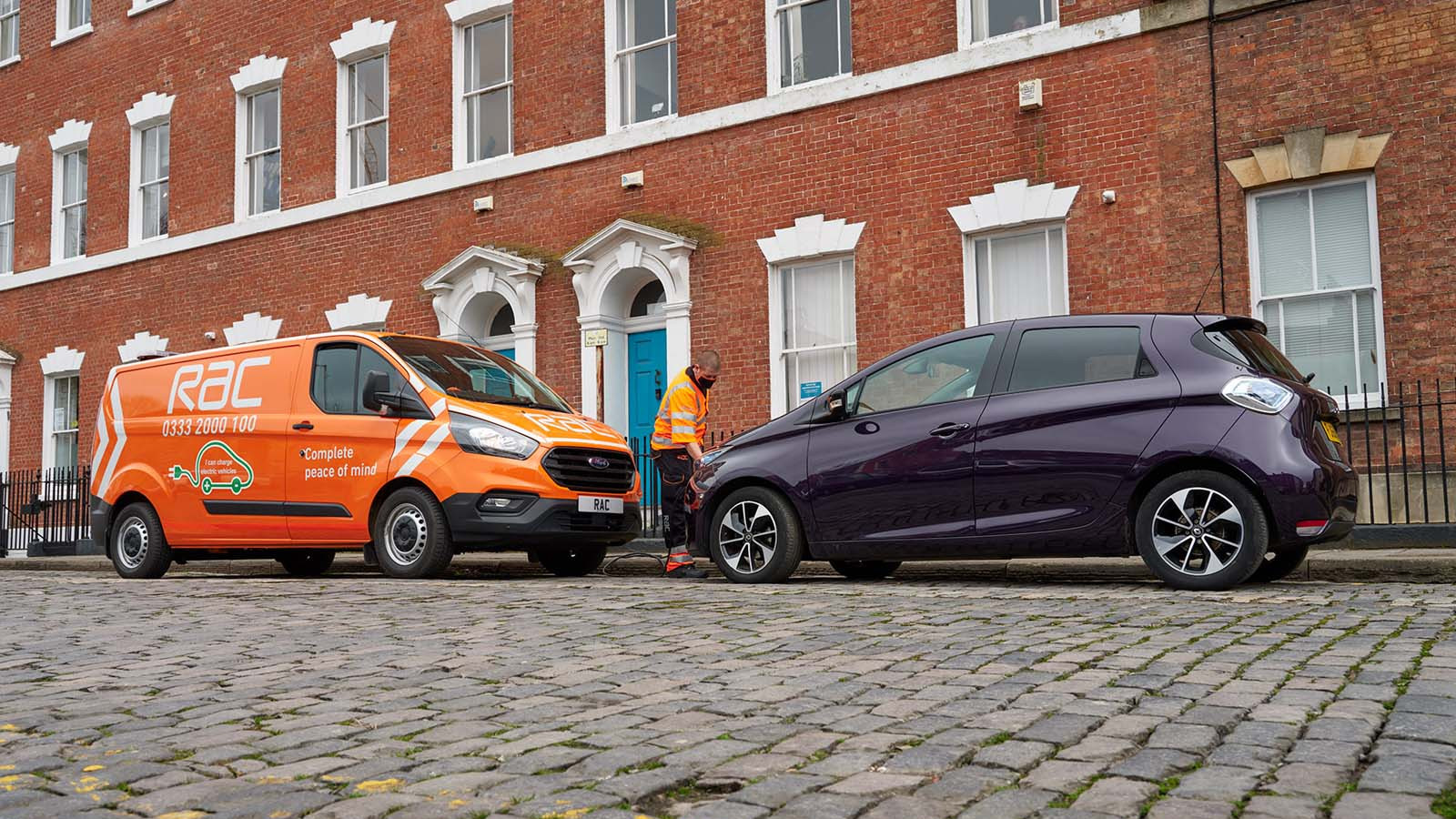 © RAC
© RAC -
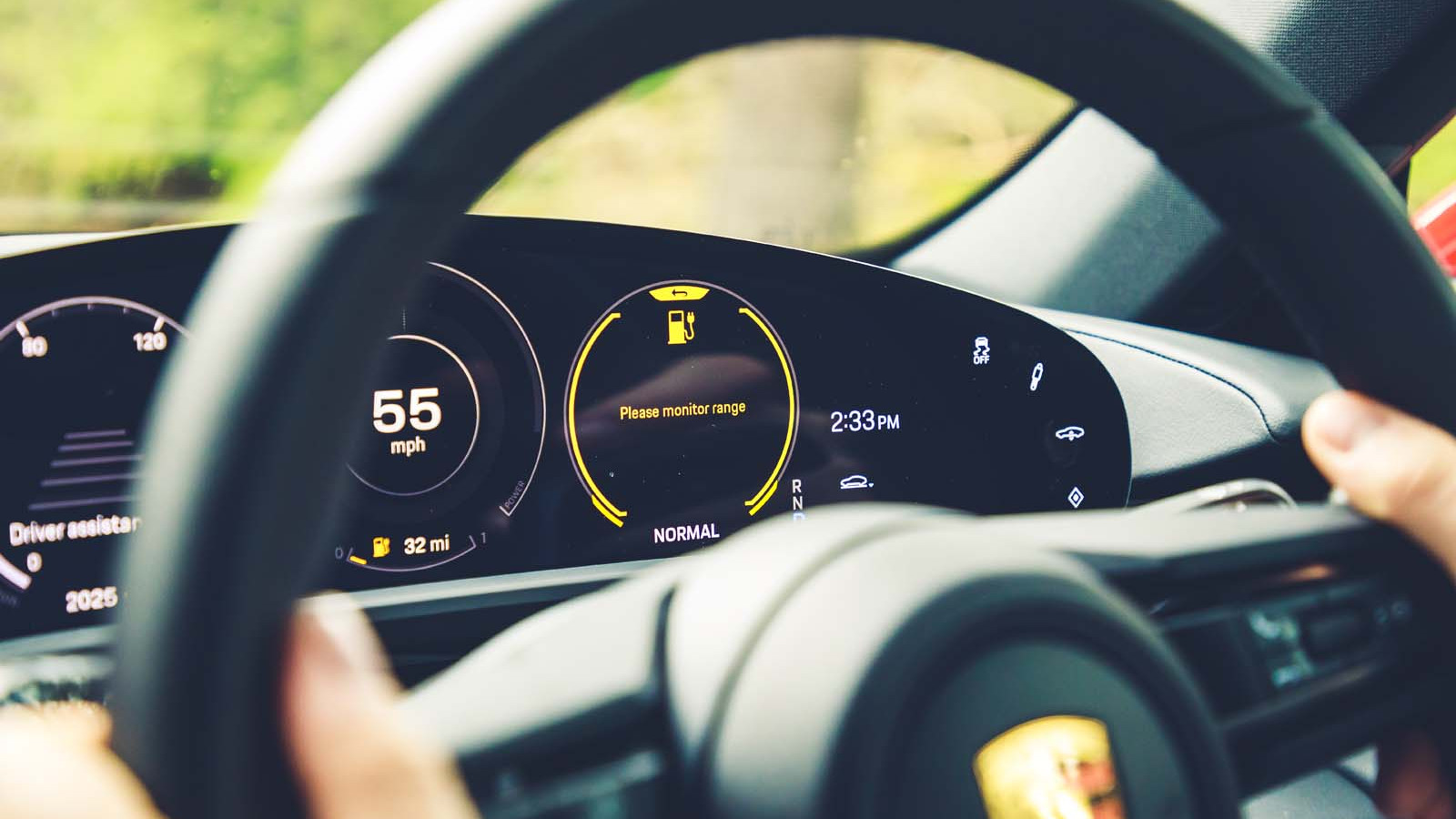 © Haymarket Media
© Haymarket Media -
 © Haymarket Media
© Haymarket Media -
 © Haymarket Media
© Haymarket Media -
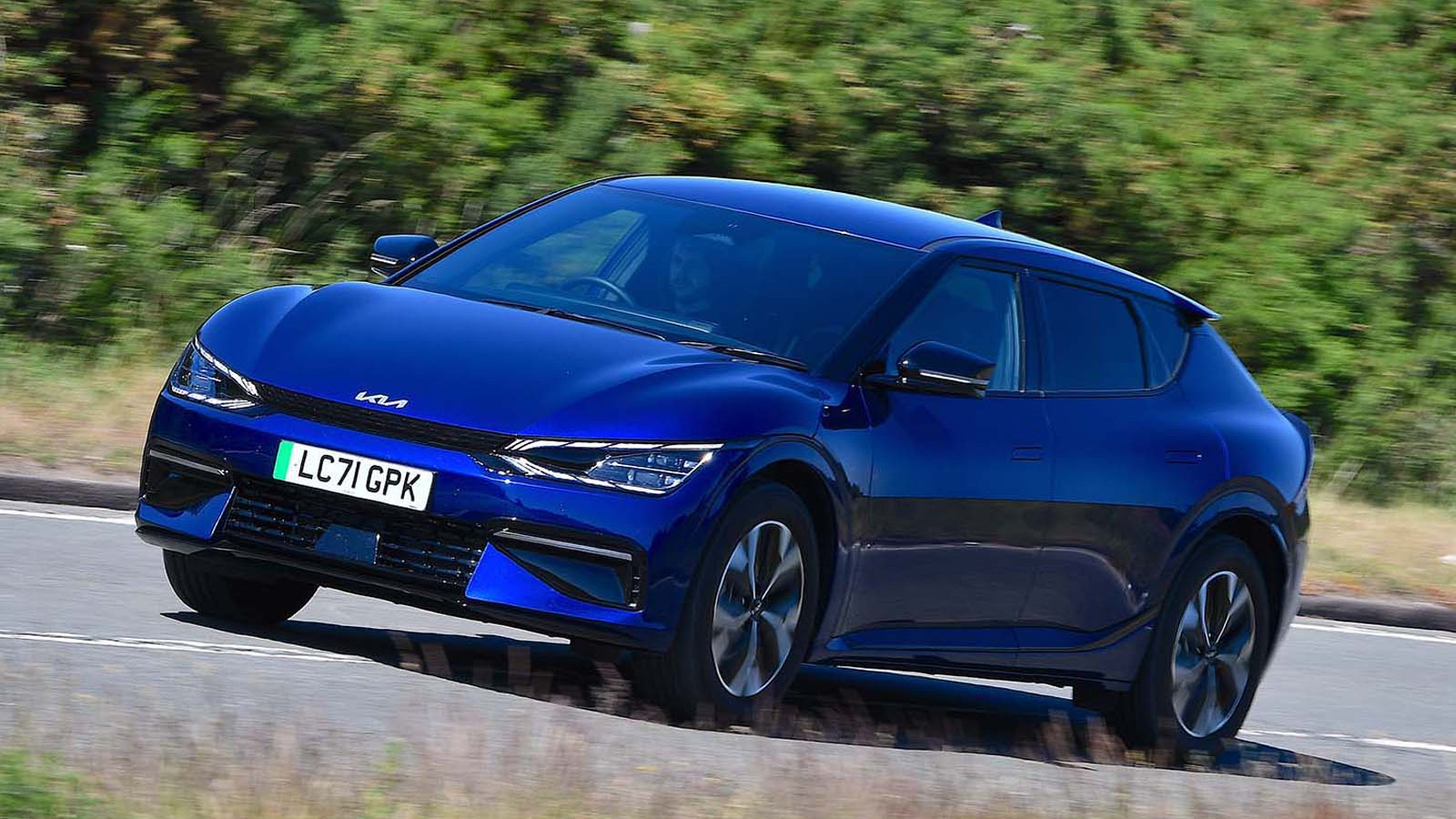 © Haymarket Media
© Haymarket Media -
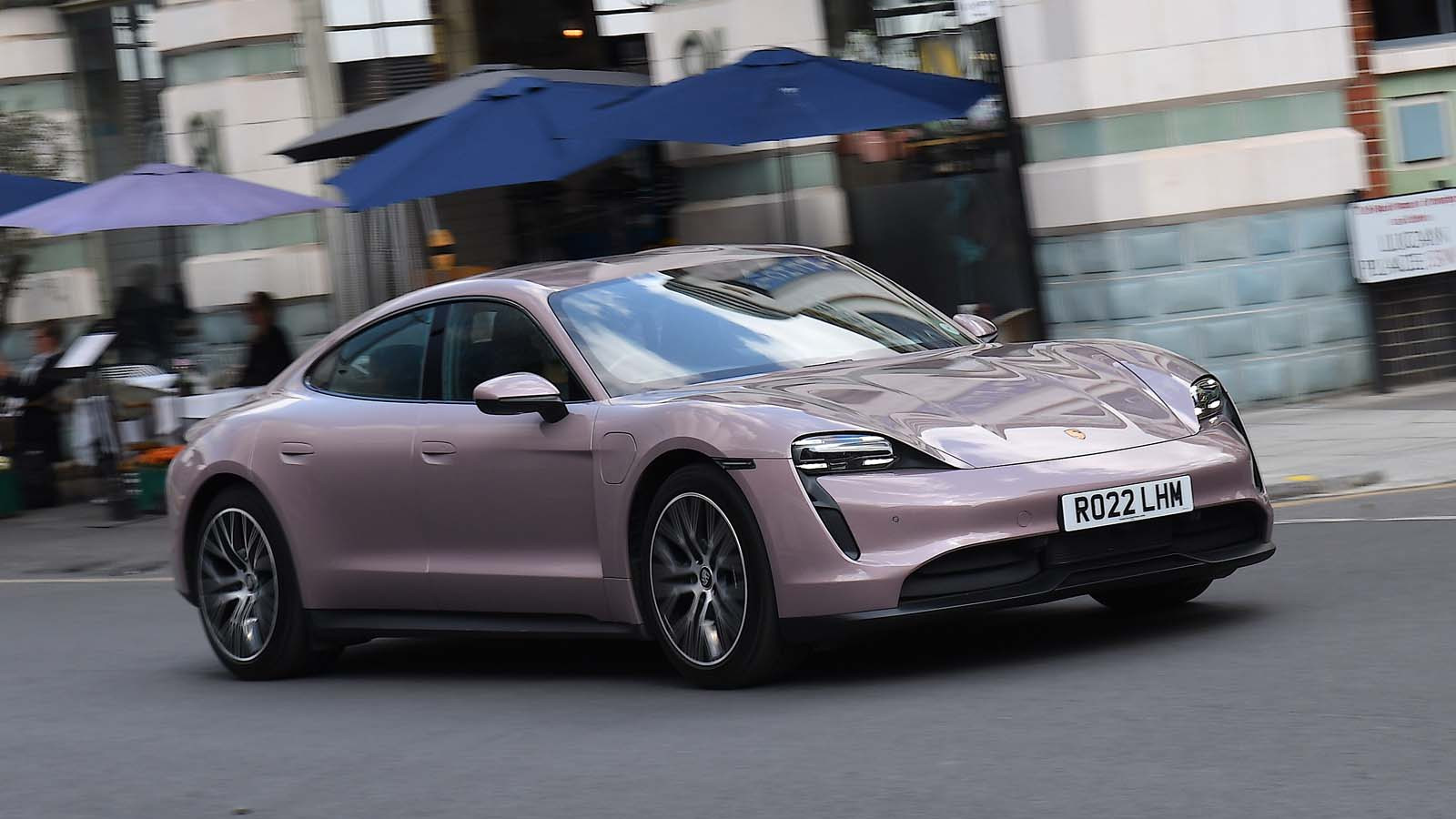 © Haymarket Media
© Haymarket Media -
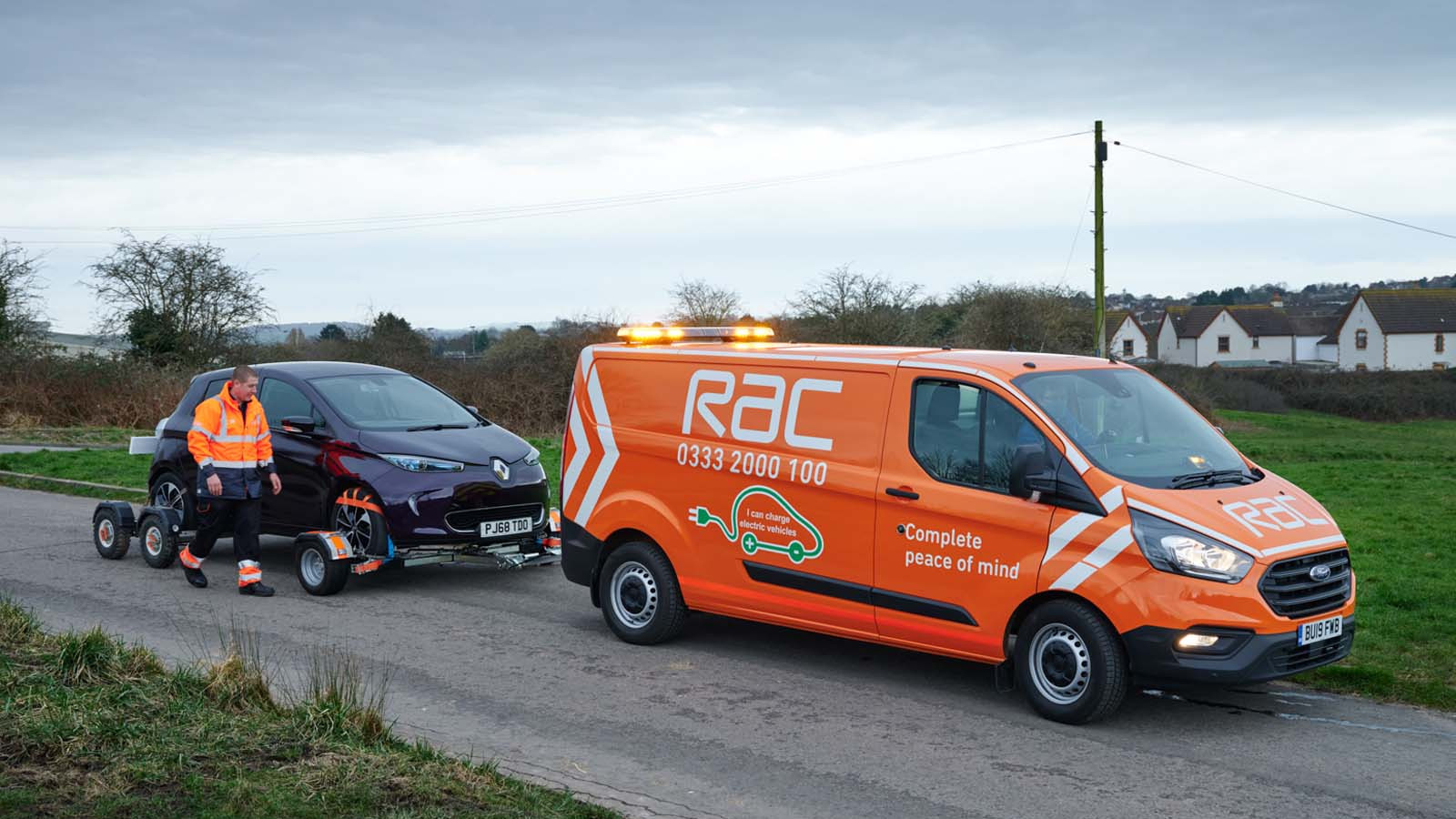 © RAC
© RAC -
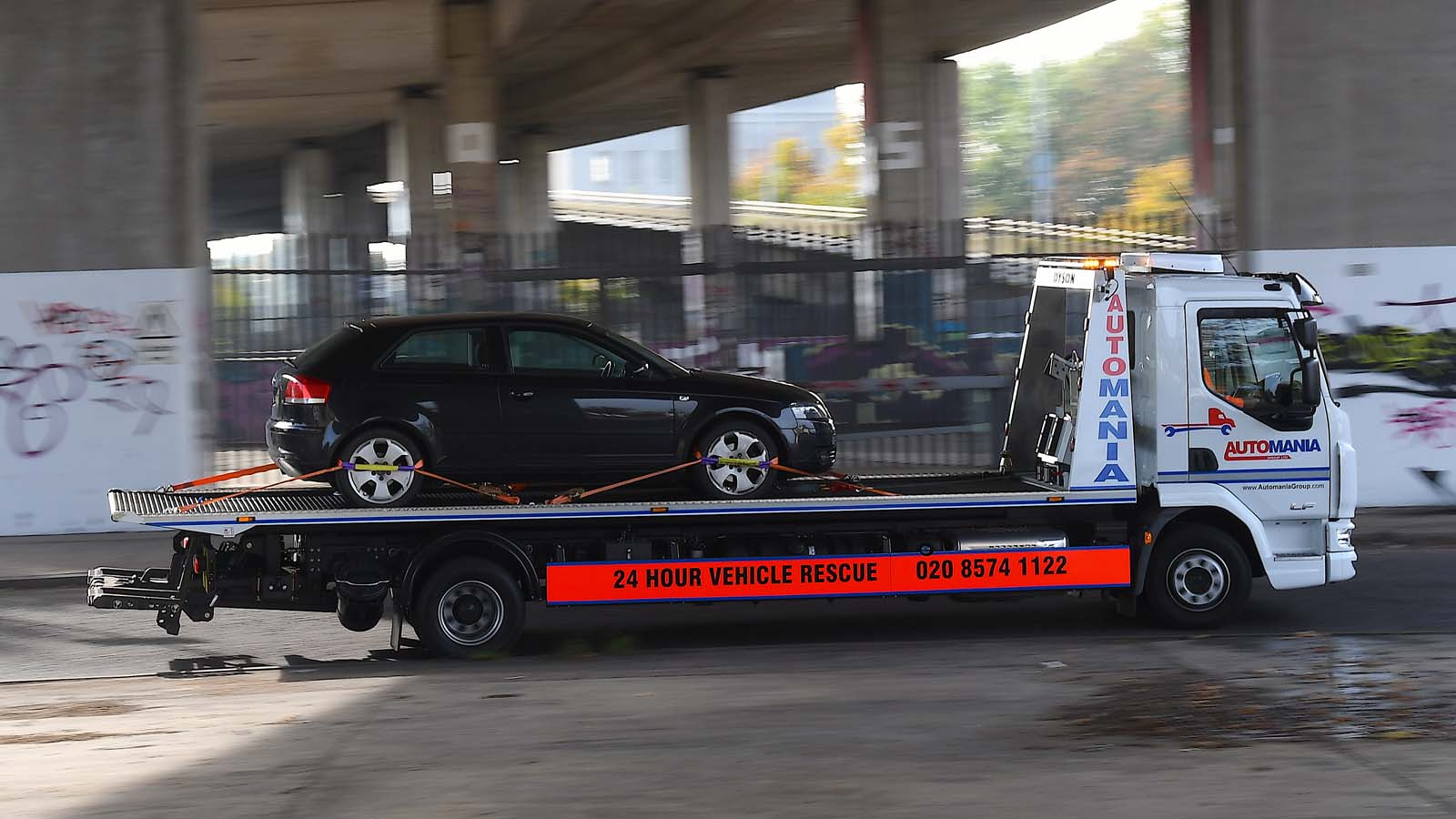 © Haymarket Media
© Haymarket Media -
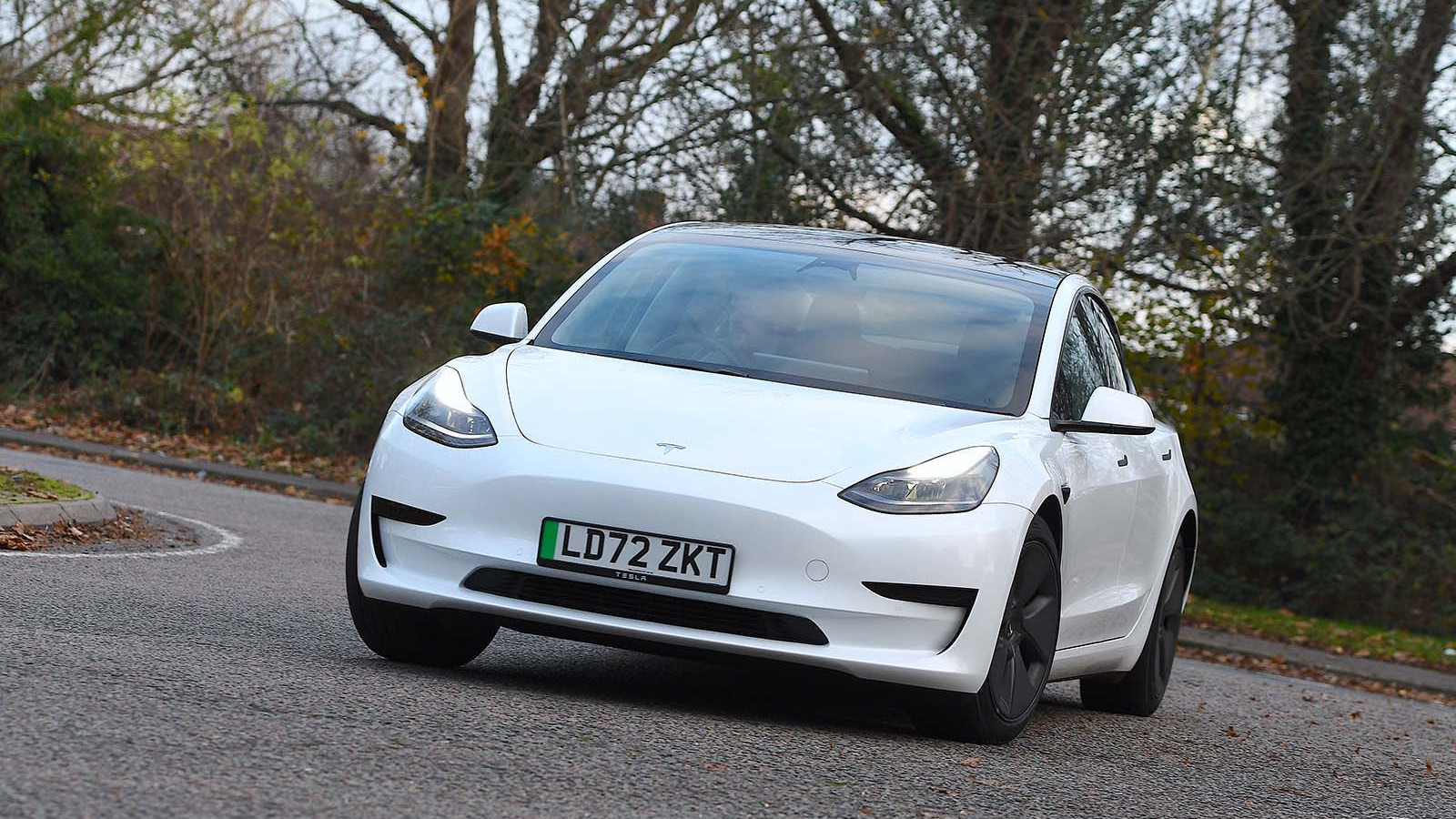 © Haymarket Media
© Haymarket Media -
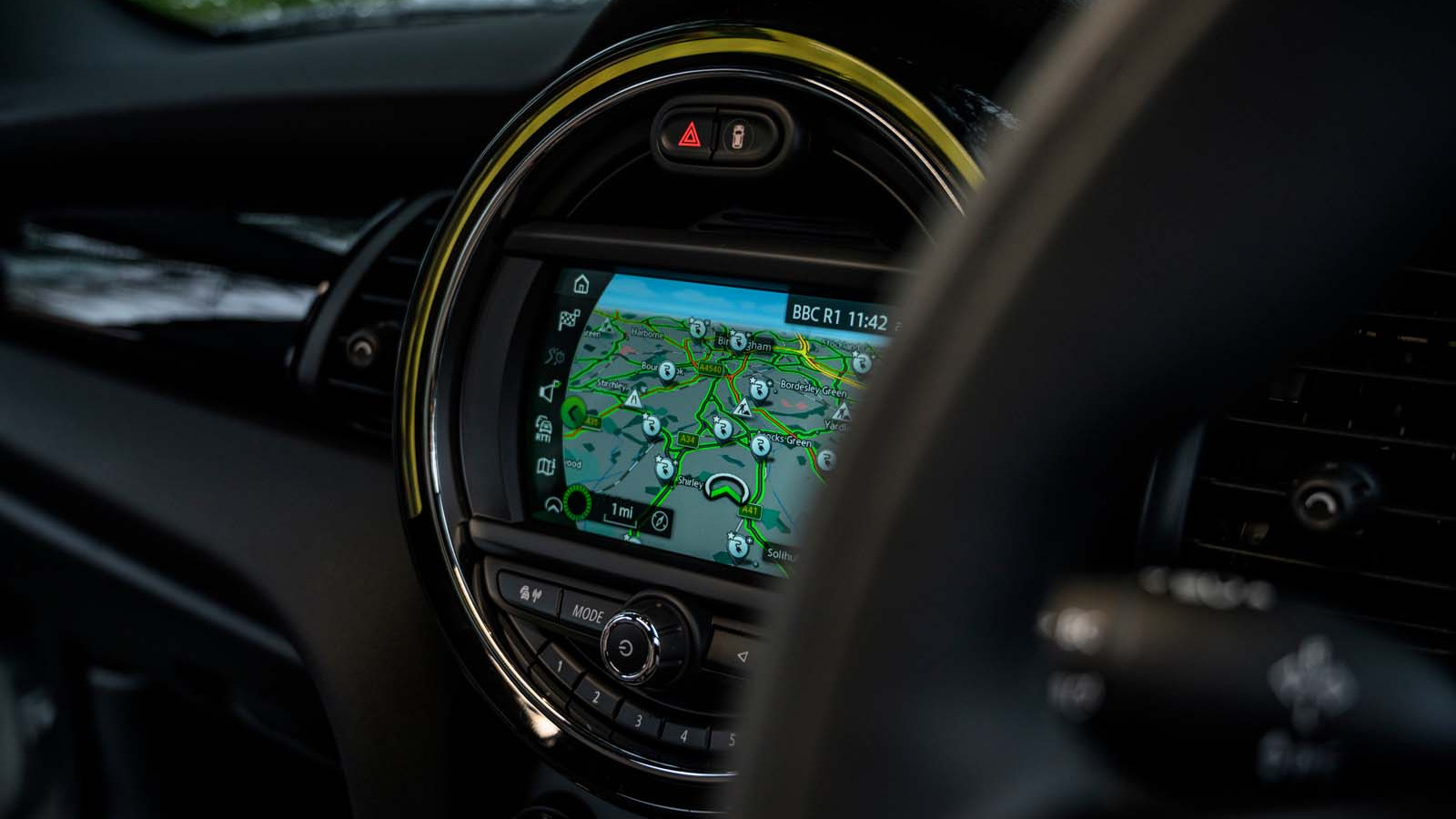 © Haymarket Media
© Haymarket Media -
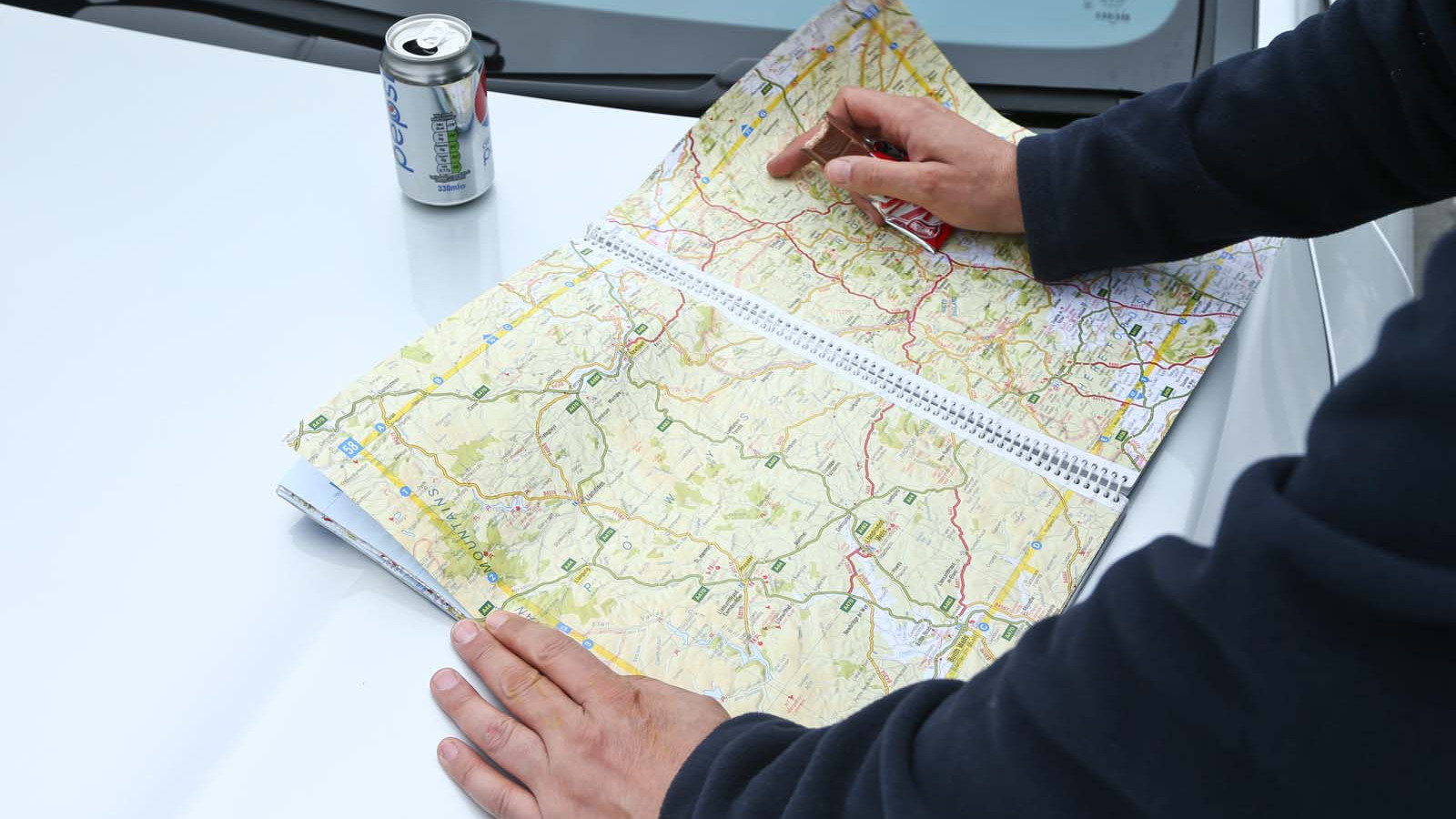 © Haymarket Media
© Haymarket Media -
 © Zap Map
© Zap Map -
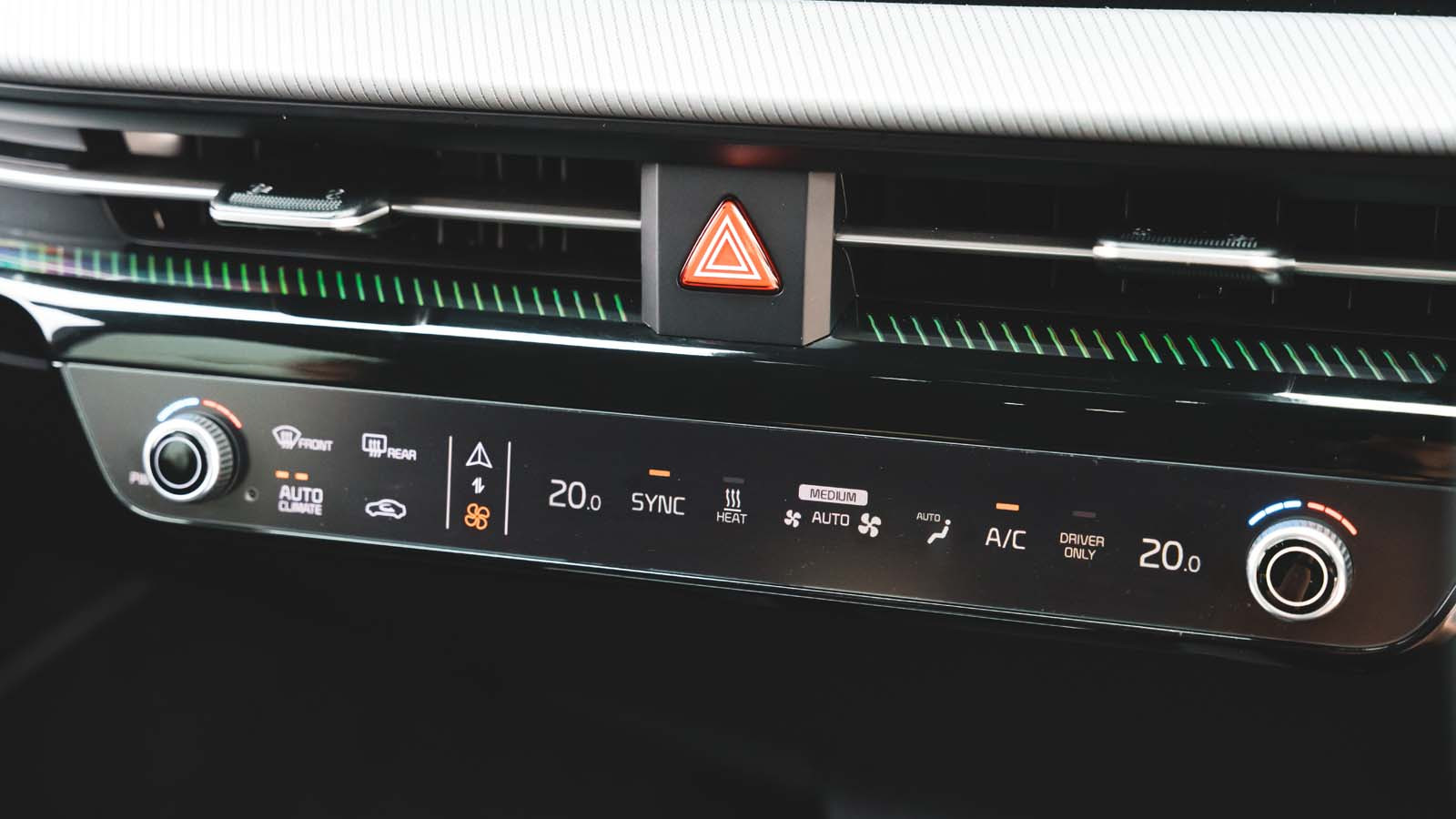 © Haymarket Media
© Haymarket Media -
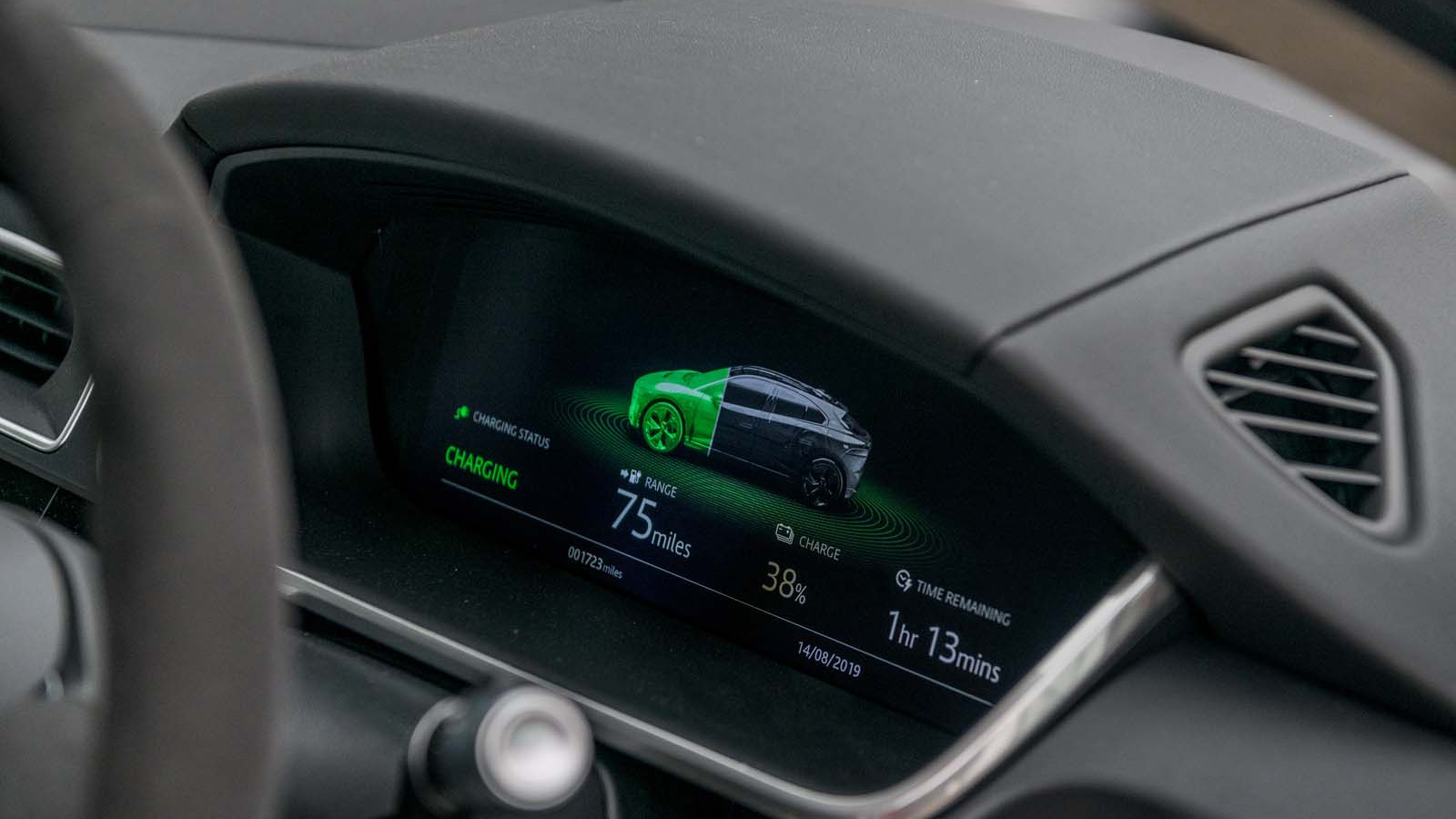 © Haymarket Media
© Haymarket Media -
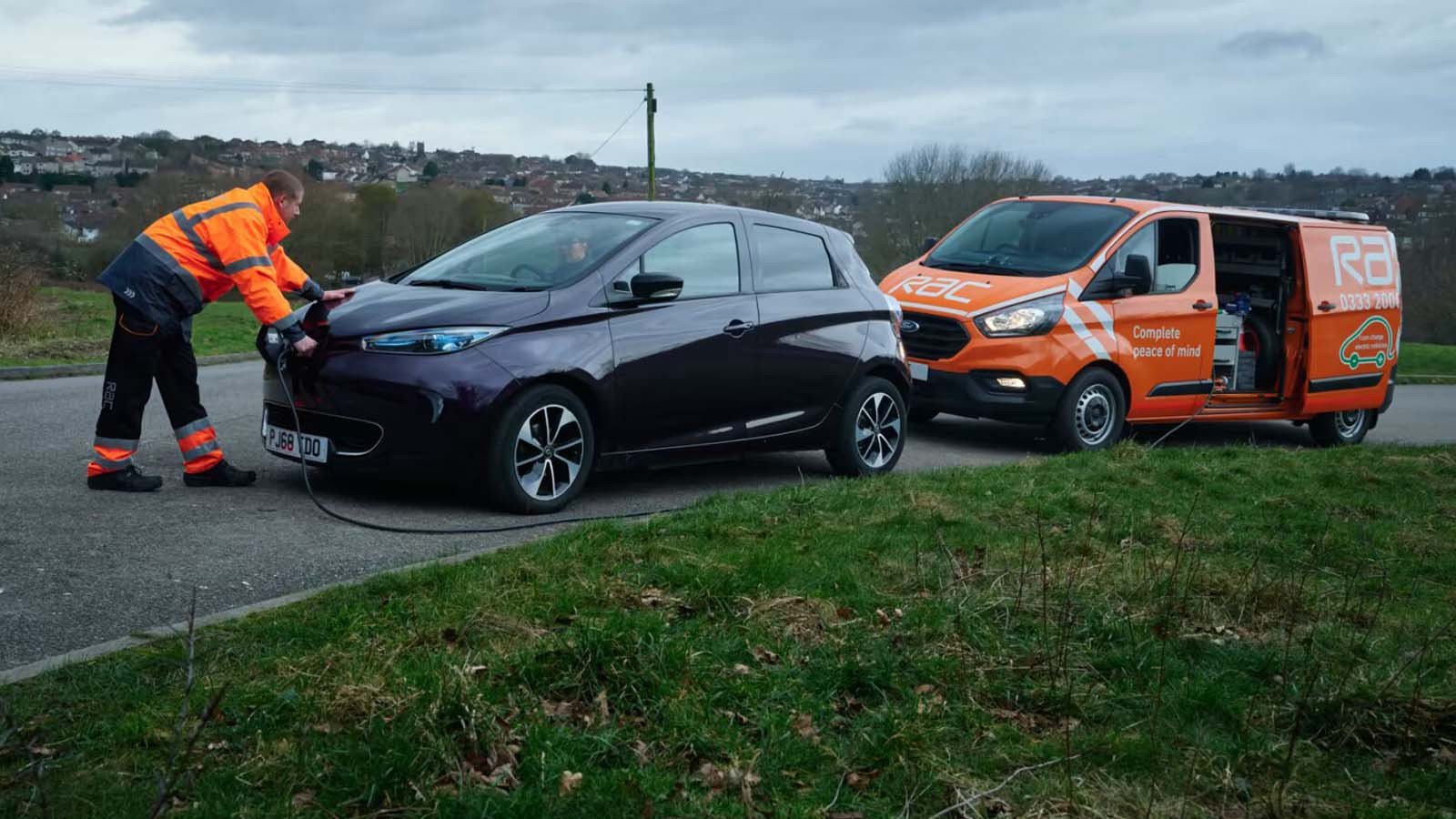 © RAC
© RAC
-
If you’ve ever had a conversation about electric cars, the term ‘range anxiety’ will have likely been mentioned.
But considering the speed at which electric cars and the technology involved has developed, range anxiety is a bit of a misnomer in 2024.
-
The real issue facing electric car owners these days isn’t range, but charging. While EV range has improved dramatically, the number of public electric car charging points hasn't followed suit and there is often long queues for devices at motorway services.
It's normal then for an EV driver to have worrying visions of running out of charge when driving an electric car, but they don’t fully run out.
-
In reality, running out of charge in an EV it isn’t actually that dramatic. And forgive us for stating the complete obvious...it stops.
As you would expect it's very similar to running out of fuel in an ICE-powered car – but there are some differences that are worth knowing should you make an unfortunate blunder.
Here, we'll look at how different electric cars behave when they reach 0% and answer important questions like whether you can tow an EV should you run out of charge in an unsafe place. We'll also share some tips on how to eek out some extra miles from your electric car to avoid running out of charge.
-
How an EV stops you from running out of charge
Now an EV will do its upmost best to warn you of any impending peril - just like an ICE car - with a number of alerts popping up on the drivers display stating that battery level is low and that it's time to recharge.
-
Typically the first warning will come in the form of a “Battery Level Low” warning on your digital instrument cluster informing you of your limited mileage. As you would have guessed it's about this time that you really want to find yourself a charger and top up.
Nowadays, most EVs are intelligent enough to find all the electric charging points that are closest to you and re-route you to your desired device.
-
Once the battery level gets below a certain level a “Limited Performance” warning will come up on the dashboard, reducing the power of the EV dramatically.
Rather humorously, manufacturers have fitted most electric cars with tortoise symbols to indicate a lack of performance. Systems such as air conditioning will also shut off here to allow for more energy to be sent to power the car.
-
They're not all the same...
Now it’s worth noting at this point that after all the warnings and reduction in power, no two electric cars will run out of battery in the same way.
Some will slow down to a halt with plenty of warning, while others – like the Fiat 500e – will come to a more abrupt halt and can be harder to manoeuvre once the battery is flat.
-
Once an electric car hits 0% battery, some will often keep going a few more miles before stopping completely.
Take the Kia EV6, for example. When we drove one at a dedicated test track to see what happened when it ran out of charge, it carried on at speeds of up to 60 mph – and that was when the display read 0% battery.
-
When it finally gave in, the EV6 slowly brought itself to a stop. The power steering also stopped working, which made it harder to manoeuvre on to a flatbed.
Not all electric cars will keep the power on for digital displays and power steering, which means you’ll have to be towed to a charging point. Some electric cars – like the Porsche Taycan – will keep these functions going, and might even have enough power to crawl onto a recovery truck.
-
Can you tow an electric car?
Rather frustratingly, you can’t tow an EV, but it’s not all doom and gloom.
You see, electric cars don’t have a gearbox and therefore no neutral gear, which means that if you want to drag them along they have to be in forward or reverse, which can damage both the electric motor and battery. Not ideal.
-
In the event of a breakdown, the best way for an EV to be moved is by using a flatbed truck. However, all is not lost on the towing front.
Front-wheel-drive electric cars (like the Nissan Leaf) can be towed with the front wheels raised, while rear-wheel-drive EVS (such as the Cupra Born) can be towed with the rear wheels raised.
-
Some electric cars are equipped with clever towing modes, which disengage the handbrake to make it easier to haul on to a flatbed.
-
How to avoid running out of charge?
The main takeaway here is that electric cars give you ample warnings that battery level is low, providing you enough opportunity to take avoiding action.
Here are some tips on how to prevent the worst from happening
-
Plan your journey
When travelling a long distance it is best to plan ahead and pinpoint a number of places where you may be able to charge your car.
If you’re planning a longer journey with limited charging opportunities use the car’s eco mode, and use the maximum level of regenerative braking if you have the option.
-
There are a number of apps available that display the location of EV charging points, which can help to plan a longer journey and should help you avoid being stranded by the side of the road with a dead battery.
-
Switching systems off
You can extend the life of the battery by turning off the radio and heater, although these will only eek out a few extra miles. If you can feel the onset of range anxiety its best to stop and charge.
-
Reducing weight
Now this doesn't mean leaving your partner or children by the side of the road to reach your destination, but getting rid of any unnecessary weight can have a positive impact on the range of your EV.
-
What to do if you run out of battery
In the event you do run out of charge contact your recovery provider. Some now have small battery charging units in their service trucks that can give you a boost to get going again.
If that isn’t an option, you may have to request a flatbed truck to collect your vehicle.
